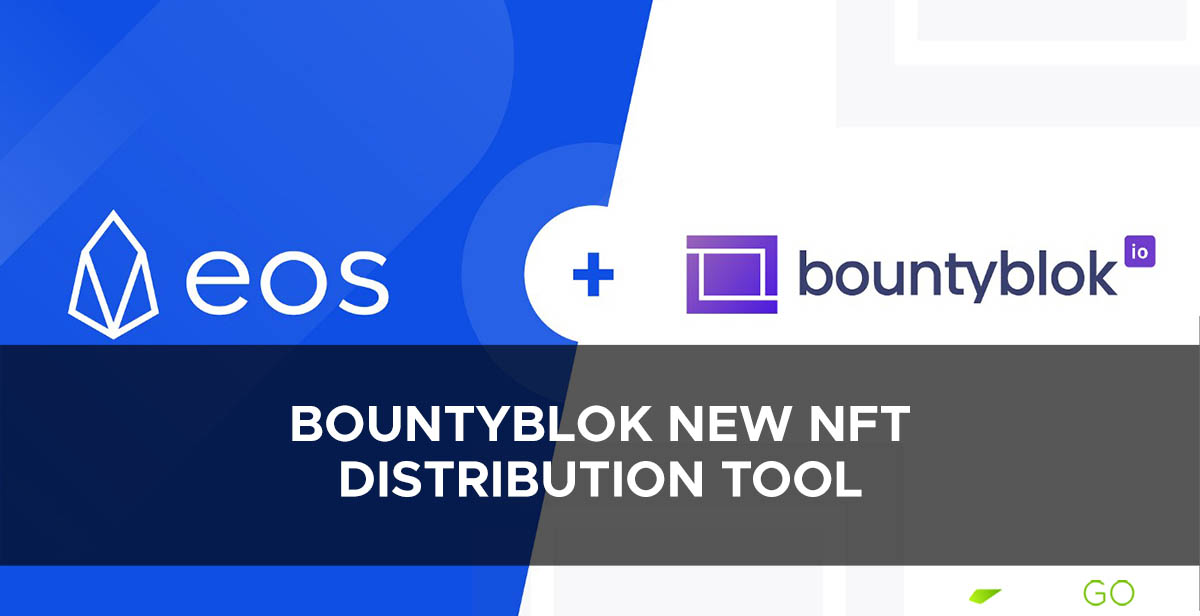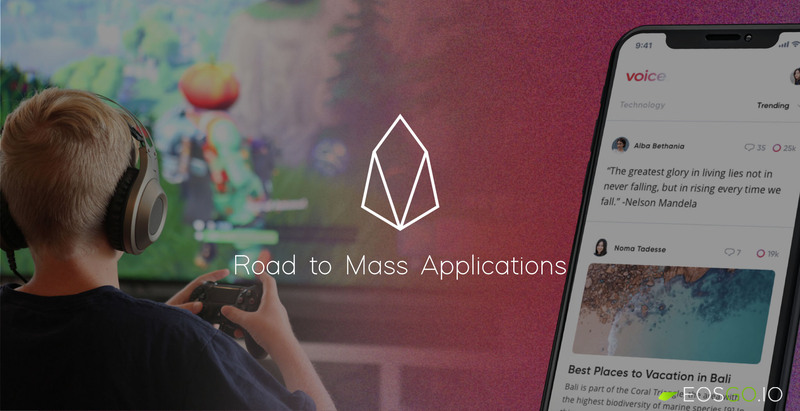Eden Guide: Eden Election Process
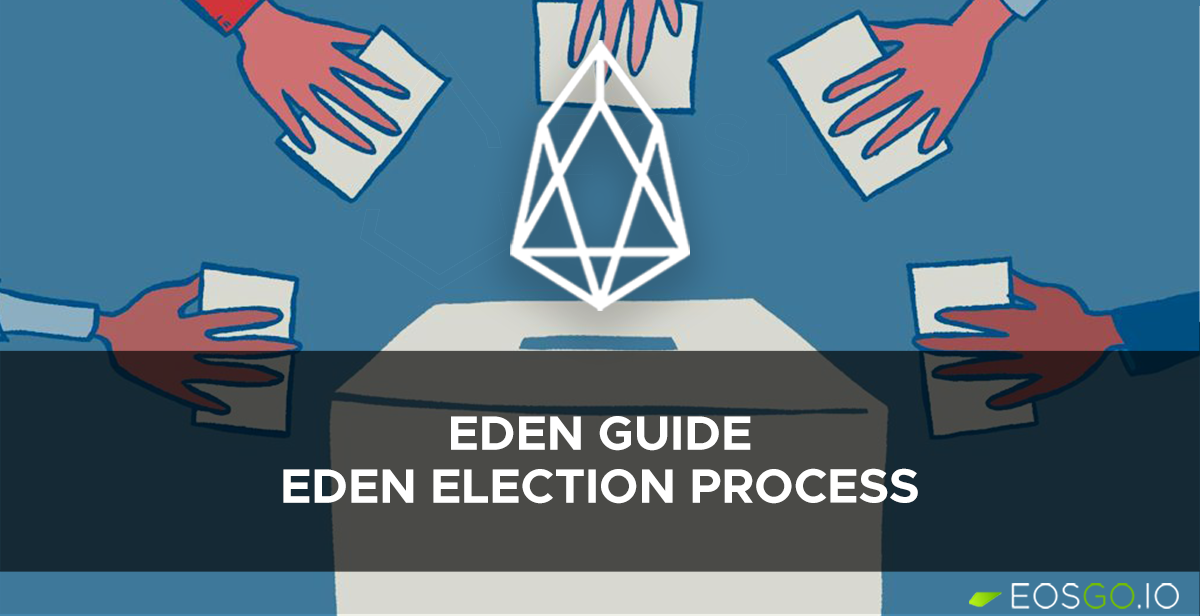
Now that you’ve learned about Eden on EOS, its ideology, and how it operates as a decentralized autonomous organization (DAO), you might need to know about its election process. How members elect delegates that represent their decentralized organization to ensure that it continues to operate as efficiently as possible.
The Eden election process is not only revolutionary, but it also has a significant impact on the efficiency of the Eden on EOS DAO. This chapter will delve deeper into the specifics of how the election process works, and its benefits for the communication enhancement of Eden on EOS.
What is the Eden election process?
The problem with the current election processes in our world is that they make it nearly impossible for the general public to easily and quickly reach consensus. With these traditional election processes it is extremely difficult for individuals to be directly involved in the election process. This is because of the huge gaps in communication that come with large groups of people.
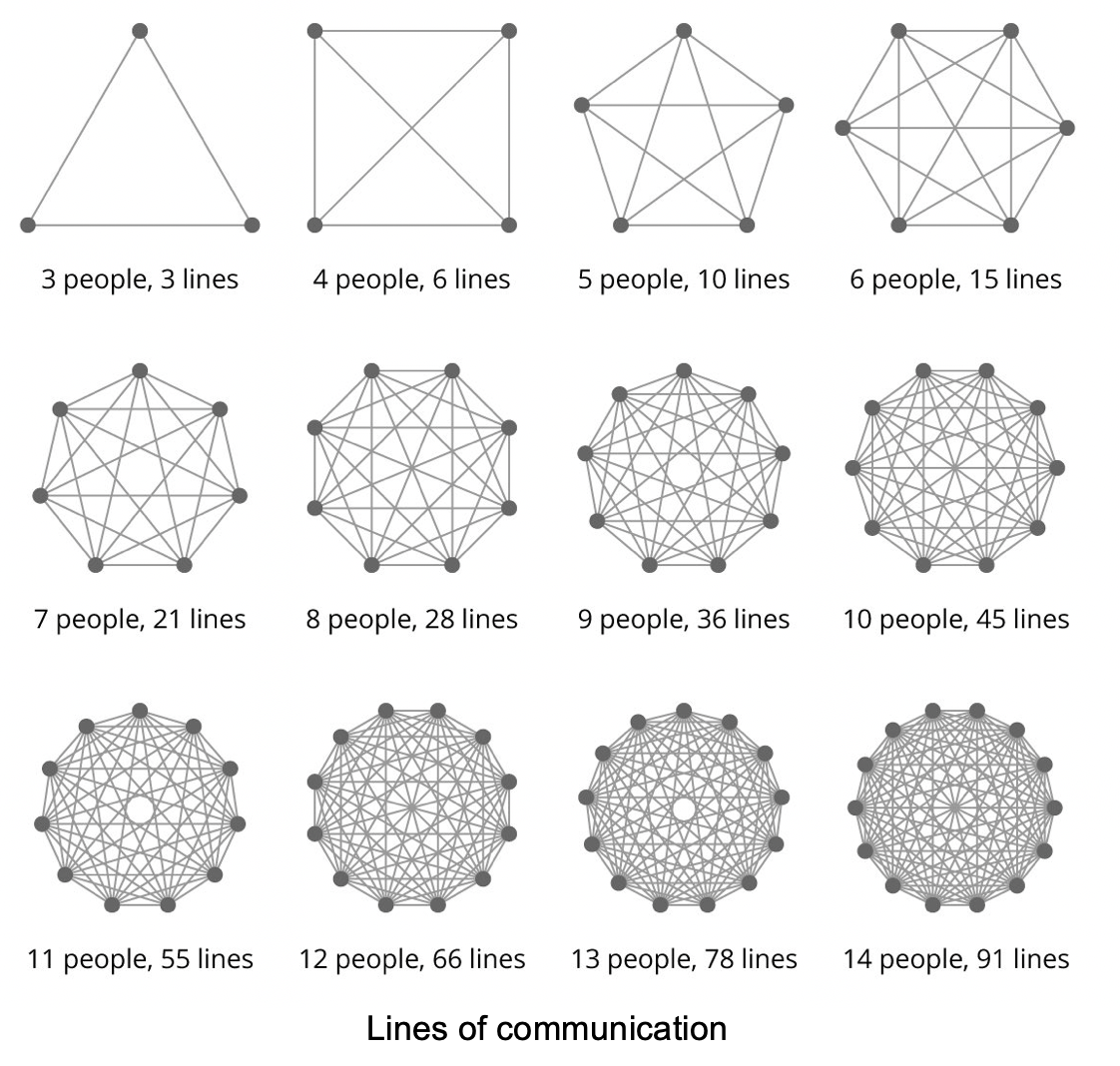
Eden introduces an election upvote process that makes it easier for large groups of individuals to effectively communicate in a way that’s more natural, by using a method that divides large groups into smaller ones. Thus creating clearer, more direct, and manageable lines of communication. Eden’s upvote election process revolutionizes the traditional process of voting.
How does it work?
Eden's upvote election process divides a large pool of participants into small groups of 4,5, or 6 individuals, depending on the total number of participants. The larger the pool of election participants, the bigger the groups (6 people). And the smaller the pool of participants, the smaller the groups (4 people).
Individuals are randomly assigned to a group, let’s say of five, and each person gets a chance to present and influence others to support their campaign by (up)voting them into the next round. Everyone votes for who they believe can better represent their needs or biggest concerns in future rounds.
The person whose campaign considers the concerns of the many likely gets voted through to represent the group. Representatives need to reach a supermajority vote, e.g. 4 out of 6 votes, in order to go through to the next round. Not everyone needs to have a campaign or run; an individual may participate only as a voter to elect a representative.
This playoff-like process is repeated in the second round, and subsequent rounds, until one person remains. In the case of Eden on EOS, their implementation of the Eden election process elects the final group of individuals as Delegates of the Eden on EOS DAO (decentralized autonomous organization). This final group then votes for one person who will be the group's Chief Delegate.
Here’s an illustration of the process:
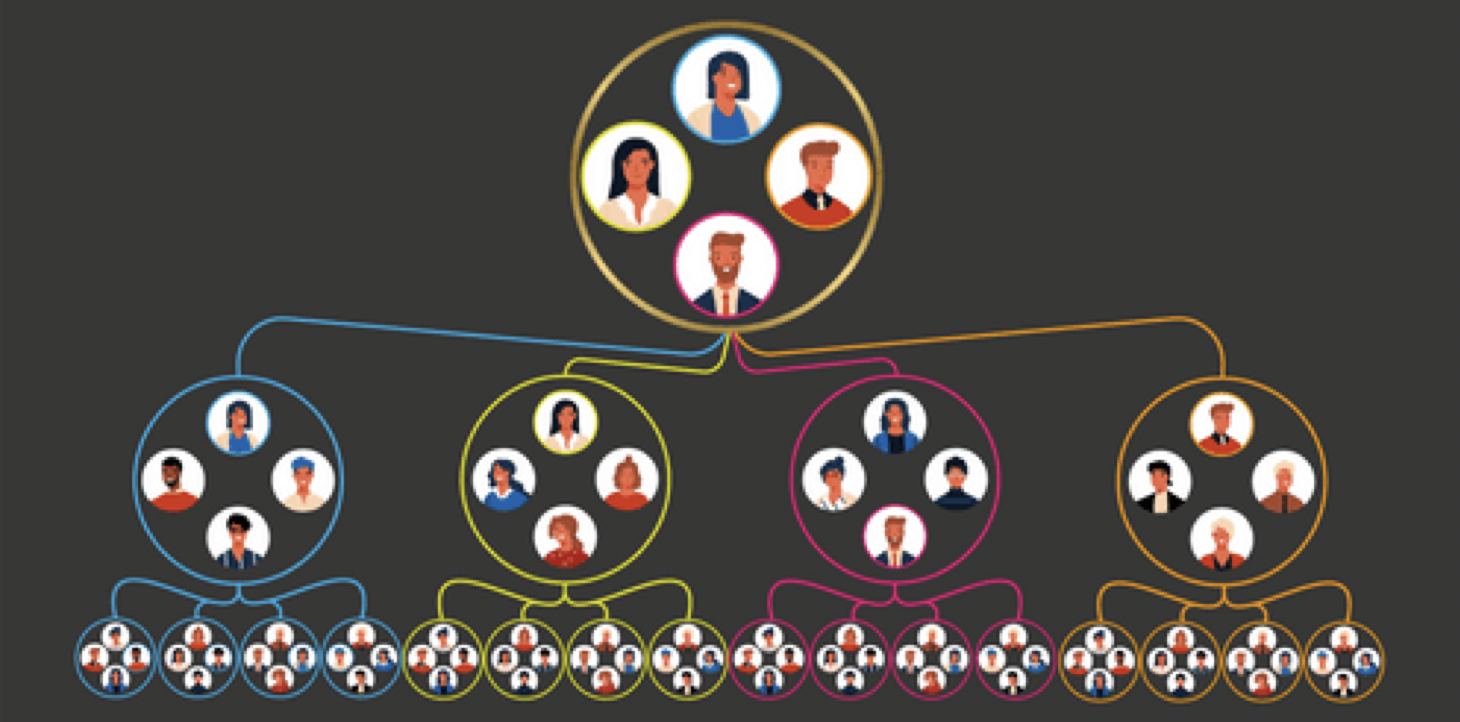
Eden’s upvote election process has far-reaching implications
‘If everyone who voted in the 2020 U.S. election had adopted Eden’s upvote election process and were put into these friendly groups of five, you would have just under 50.5 million representatives. If these representatives repeated this process just 10 more times there would be a single elected representative. One single person, by consensus, to represent everyone in the country. In just 12 rounds the entire world could vote for a single representative, maybe a leader of the planet.’
Youtube - EDEN - Upvote Election Process
As mentioned in the previous chapter ‘Eden Guide: What is Eden on EOS?’, members of the Eden on EOS DAO are empowered to make a positive change in the world according to their own visions. With the EdenOS process ensuring to protect and enhance the independence and power of each member.
This transparent and efficient way of organizing the Eden on EOS community allows members to run their own campaigns, with resources allocated by the DAO itself to help them deliver on their promises. The campaigners who win the election playoffs are then granted the powers to propose and vote on proposals, allocate resources, and manage the organization's day-to-day operations.
Suggested News
Bountyblok New NFT Distribution Tool
The bountyblok team recently launched their tool to deploy NFT on the EOS mainnet. Already over 300 projects are using ...
Road to Mass Applications
In this week blog post we take up the topic dealt with in a previous article concerning the journey of dApps in EOS and...
